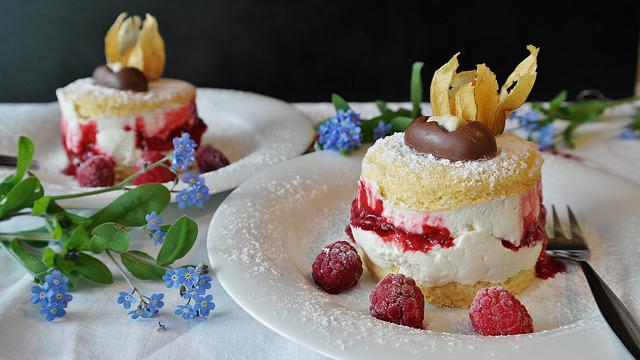Creative writing is more than just putting words on paper — it’s a way for children to unlock their imagination, express their emotions, and build essential communication skills. Whether your child dreams of becoming the next bestselling author or simply enjoys telling stories, nurturing their creativity through writing can be an incredibly rewarding experience for both of you.
I have teamed up with a sixth form in Enfield to discuss how you can explore the world of creative writing with your child in fun, engaging, and meaningful ways.
Why Creative Writing Matters
Creative writing isn’t just about crafting poems or fantasy tales. It’s a powerful tool that helps children:
- Develop language and vocabulary
- Boost self-expression and emotional awareness
- Strengthen critical thinking and problem-solving
- Gain confidence in their ideas and voice
- Experience the joy of storytelling and imagination
Plus, it can be a wonderful bonding activity that brings families closer together.
Tips for Nurturing Your Child’s Inner Writer
- Make Writing Fun, Not a Chore
Avoid turning creative writing into homework. Instead, make it feel like play:
- Suggest silly writing prompts: “What if your pet could talk for a day?”
- Encourage comic strips, letters to imaginary friends, or even treasure maps
- Let them write in colourful notebooks, on a whiteboard, or with story dice
When writing is playful, kids are more likely to enjoy it and keep going.
- Start with Storytelling, Not Grammar
Focus on ideas and creativity before worrying about spelling or punctuation.
- Let them dictate stories to you if they’re too young to write them down
- Celebrate their ideas and encourage storytelling without corrections
- You can always edit together later — first, let the imagination run wild
- Use Prompts and Challenges
Writing prompts are fantastic for sparking creativity:
- “Write about a day where everything goes backwards.”
- “Invent a new animal and describe its world.”
- “What would you do if you found a hidden door in your garden?”
There are also fun challenges like:
- Write a story in 50 words
- Describe a place using all five senses
- Create a character with a secret
- Read and Write Together
Great writers are often great readers. Reading stories aloud or discussing books can inspire your child’s own writing.
- Ask: “How would you have ended that story differently?”
- Encourage them to rewrite a fairy tale with a twist
- Talk about what makes a character interesting or a setting magical
Pairing reading and writing helps children see how stories are built.
- Make It Personal and Meaningful
Creative writing is a powerful tool for emotional expression:
- Encourage journaling about their thoughts, dreams, or daily adventures
- Invite them to write letters to future selves, family members, or even fictional characters
- Use writing as a way to process emotions — from excitement to sadness
This helps children build emotional literacy while exploring their inner world.
- Celebrate Their Work
Recognition is key to building confidence:
- Display stories on the fridge or in a special notebook
- Read their writing aloud as a “published author” moment
- Help them submit to kids’ magazines, school newsletters, or writing contests
Feeling proud of their work inspires children to write more and take creative risks.
Bonus: Creative Writing Activity Ideas
- Story Jars: Fill a jar with words like “dragon,” “castle,” “robot,” and “storm” — pick 3 and build a story
- Character Cards: Draw or describe characters and imagine how they’d interact
- Postcard Stories: Write a tiny story on the back of a postcard, real or imaginary
- Collaborative Storytelling: You write one sentence, they write the next — keep going together
Creative writing helps children discover not only stories but also their voice, their confidence, and their creativity. It’s not about perfect grammar or bestselling plots — it’s about expression, imagination, and fun. By exploring creative writing together, you’re giving your child a gift that lasts a lifetime: the ability to shape the world with words.
Top Tips for Supporting Your Child with Their Homework
Image courtesy of Pexels








Leave a Reply